 |
| Testing shrimp farming on saline rice fields |
Many rice areas are affected by salinity.
Mr. Tran Van Cu in An Xuan, Quang An commune (Quang Dien), a household participating in the model, said that with the rice-growing areas affected by salinity and acidity in the locality, production can only be done in the winter-spring crop. The summer-autumn crop is affected by heat and drought, so rice fields are often affected by salinity and acidity, so production is ineffective. If the fields are left fallow, it is a waste. Changing the structure of crops and livestock is something that Mr. Cu and farmers in Quang An in particular and Quang Dien in general have long considered.
Mr. Cu said that being selected to participate in the model of raising white-leg shrimp on saline and alum-contaminated rice fields was a great joy for his family. At first, Mr. Cu was quite confused and worried about raising shrimp on rice fields because it was so new. However, after being guided by agricultural extension technicians and "showed by hand", Mr. Cu mastered the technique and was quite confident. At this time, the shrimp are growing well, the size is guaranteed, the survival rate is high and they are about to be harvested.
Director of the provincial Center for Agricultural Research, Mr. Chau Ngoc Phi, stated that Thua Thien Hue in general and Quang Dien district in particular have many rice growing areas in the lagoon area that are often affected by salinity and acid sulfate soils in the summer-autumn crop, leading to low economic efficiency. Many rice areas only produce one winter-spring crop, while the summer-autumn crop is left fallow, causing waste of "means of production".
In Quang Dien district alone, the area of rice fields affected by salinity and acid sulfate soil in the district is up to 560 hectares, concentrated in 10 cooperatives, belonging to 8 communes along the lagoon. Some households have begun to spontaneously convert some rice fields to white-leg shrimp farming, without proper planning, field design and technical processes, leading to risks in the farming process.
Whiteleg shrimp is a species that can grow in an environment with low pH and almost zero salinity. This is a suitable species for farming in rice-producing areas affected by salinity and acid sulfate soils. However, to develop whiteleg shrimp farming in these rice-producing areas where rice production is difficult, it is necessary to have a suitable farm design and farming process to ensure economic efficiency and reduce risks during the farming process.
Basis for replication
In order to have a basis for converting rice growing areas affected by salinity and acidity to shrimp farming, more than 2 months ago, from the provincial budget, the Center for Agricultural Research and Development implemented the model of "Shrimp farming on salinity-affected land" at An Xuan Cooperative, Quang An Commune with a scale of 5 hectares/2 households. The Center for Agricultural Research and Development coordinated with the production unit to organize the provision of adequate and timely seed, feed and disease prevention chemicals. According to regulations, households selected to participate in the model are supported with 50% of the costs of seed, feed and disease prevention chemicals, the remaining 50% of the cost of the farming households.
Before stocking, technical staff of the Center for Aquaculture directly instruct households to implement the model of preparing the farming fields according to the correct techniques. After harvesting, the rice fields are cleared of straw and drained, using coolant to kill all shrimp and fish in the farming fields. After that, water is supplied to the fields and then drained to remove acidity, wash away alum and chemical residues, pesticides in the fields; then water is supplied to the farming ponds through a filter and lime is added to increase pH and alkalinity.
During the farming process, technical staff of the Center regularly monitor and check the growth and development rate of shrimp to promptly detect any unusual signs. From there, they make predictions and forecasts based on practical experience in the farming fields to propose effective solutions and guide households to ensure technical implementation to minimize losses.
TTKN organized training on technical processes of white-leg shrimp farming for households participating in the model and farmers with saline and alum-contaminated rice fields who want to switch to shrimp farming. Participating households basically mastered the process of raising white-leg shrimp in saline and alum-contaminated rice fields.
Mr. Chau Ngoc Phi assessed that after nearly 2 months of farming, the shrimp reached an average weight of 90 shrimp/kg, the survival rate was 70-74%, and the average yield was 800kg/household. The growth rate of white-leg shrimp in freshwater is faster than in brackish and salty water, and the survival rate of farmed shrimp meets the requirements. Farmed shrimp are about to be harvested, with an estimated profit of nearly 30 million VND/ha, 13 million VND higher than rice farming.
Although initial effectiveness has been demonstrated, according to Mr. Chau Ngoc Phi's recommendation, people should not spontaneously convert rice fields to shrimp farming when they do not have sufficient production conditions. Farming fields need to be designed with surrounding canals, or have a suitable depth to ensure stable temperature, especially in the hot season. Farming fields must be carefully renovated, deacidified, washed of alum, and washed away chemical residues and pesticides before stocking. Shrimp seeds must be thoroughly acclimatized to salinity to ensure survival rate in the initial stage of farming. White-leg shrimp farming on saline and alum-contaminated rice fields should only be stocked at low density in the direction of improved extensive farming, not in the direction of intensive or semi-intensive farming because these farming methods are only suitable for lagoon ponds and sand ponds. People should only develop white-leg shrimp farming on one-crop rice fields, and maintain rice cultivation in the winter-spring crop; Do not use salt water to pump into rice fields, or use salt water to increase salinity in rice fields because it will cause salinity in rice fields.
Source: https://baothuathienhue.vn/kinh-te/nong-nghiep-nong-thon/nuoi-tom-tren-ruong-lua-nhiem-man-143265.html


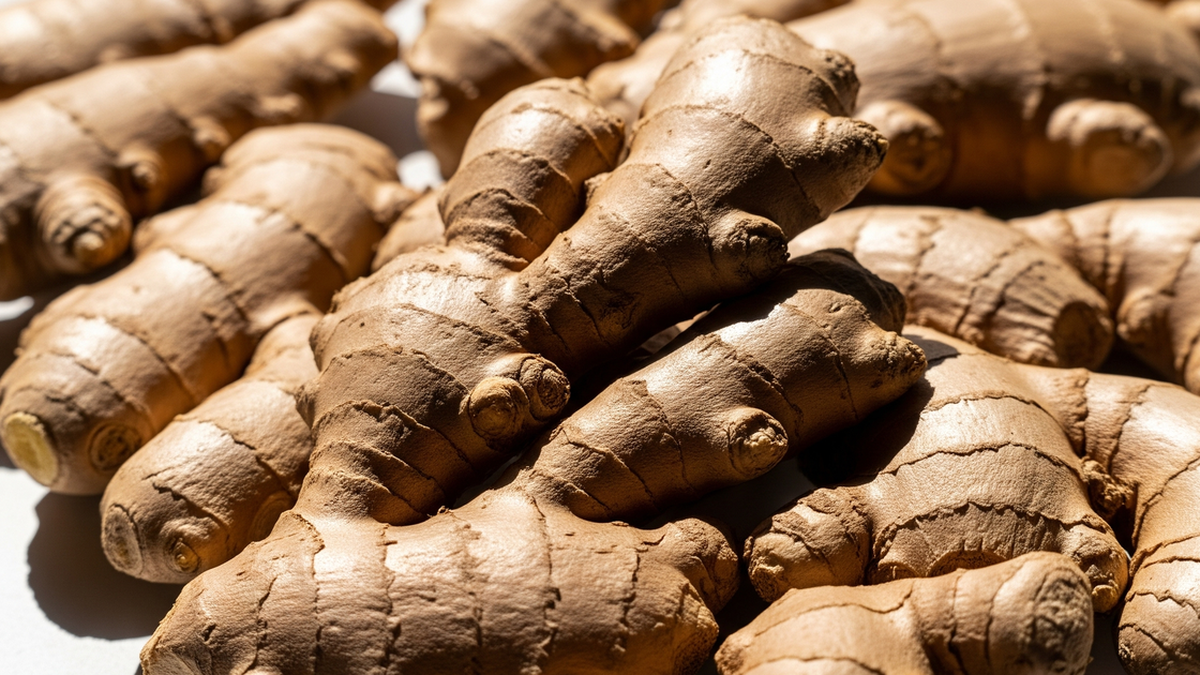

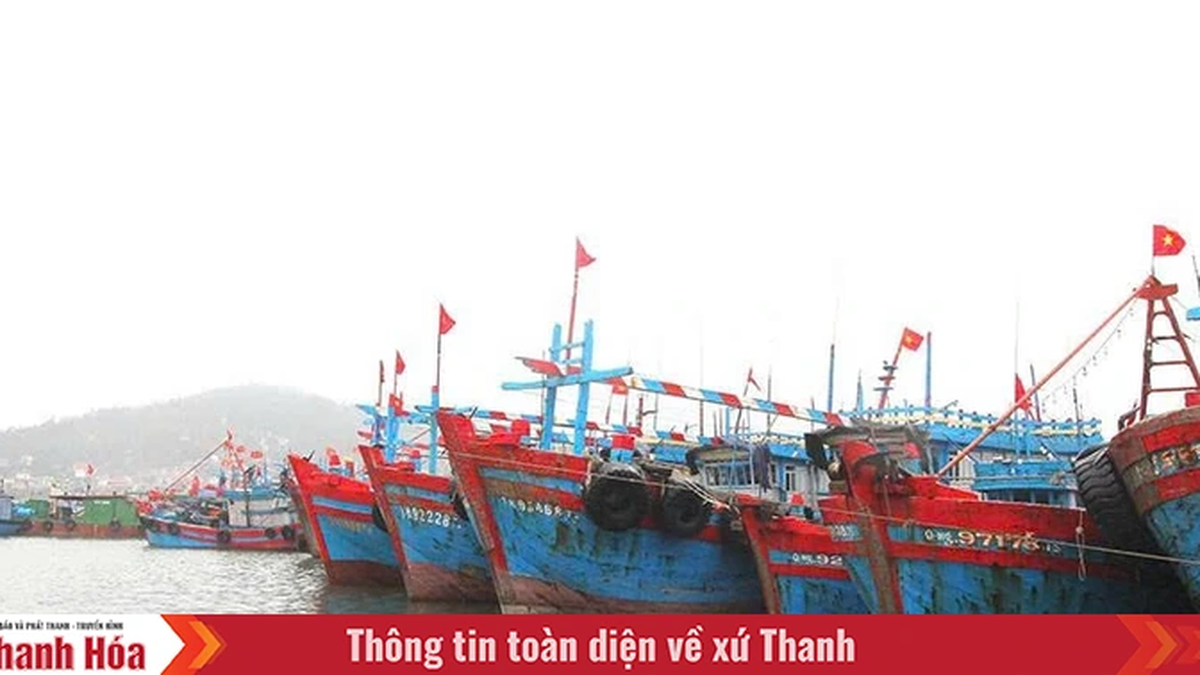
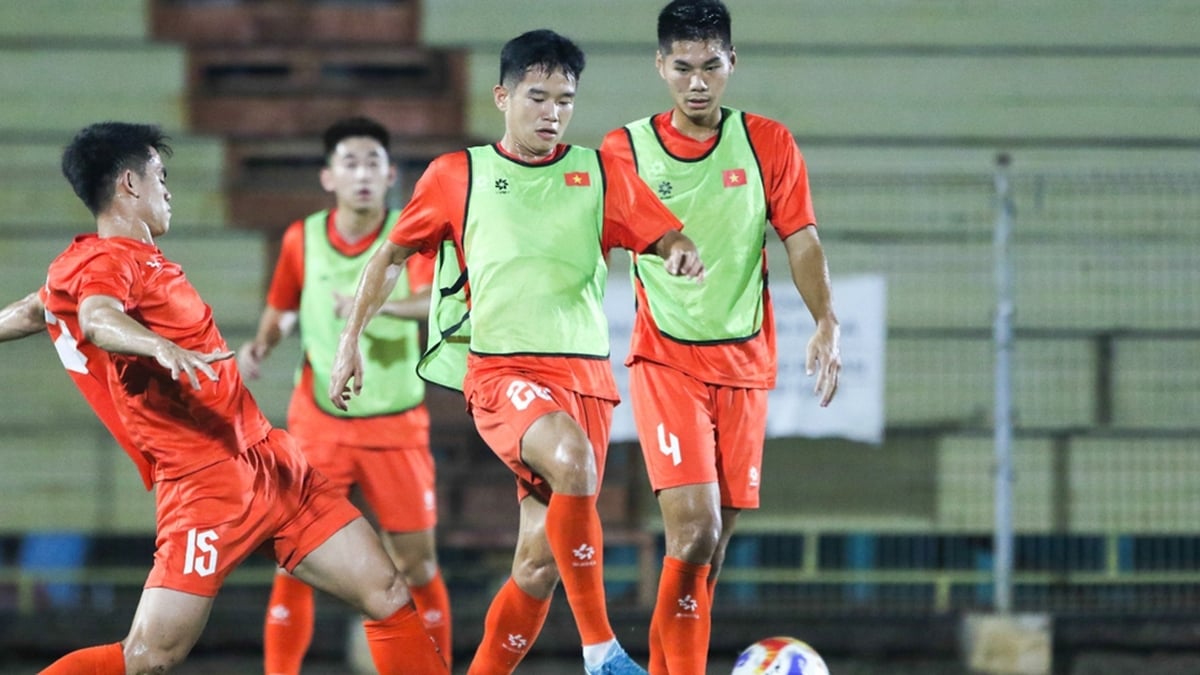

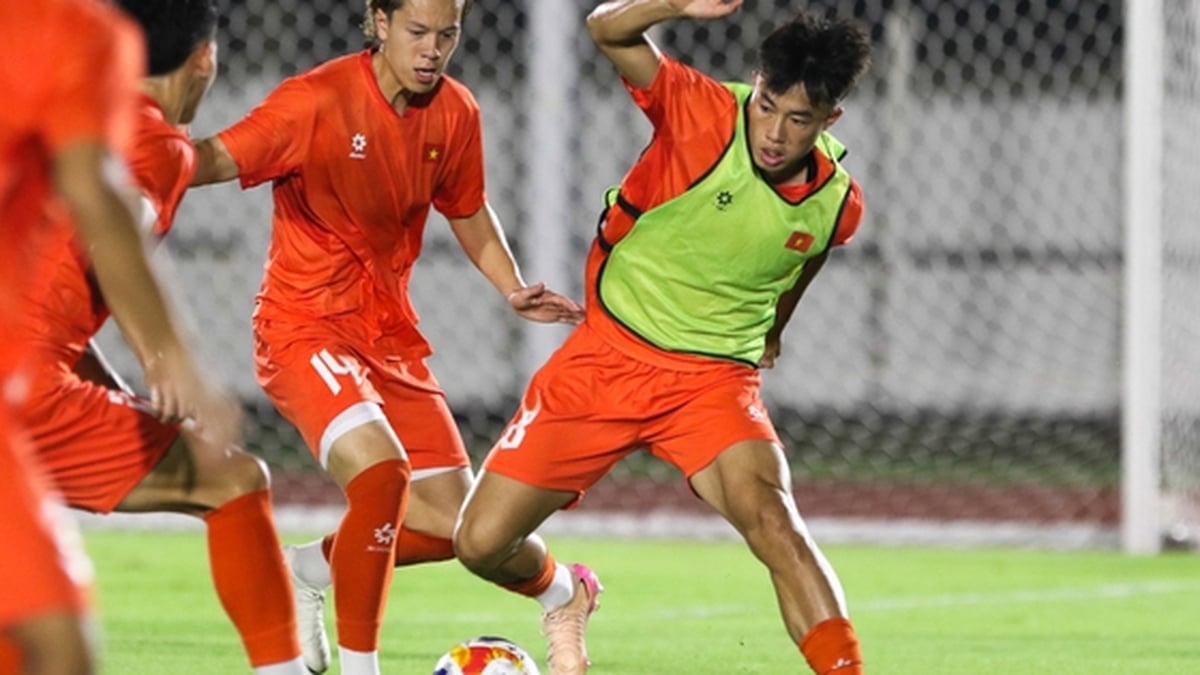
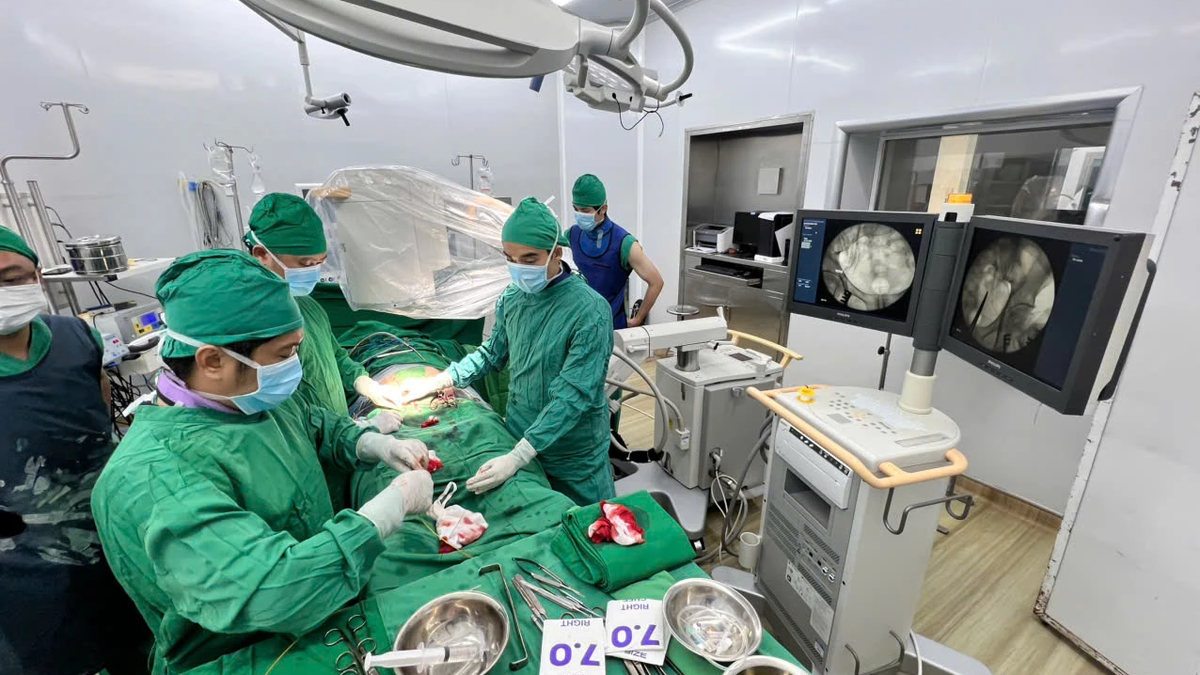


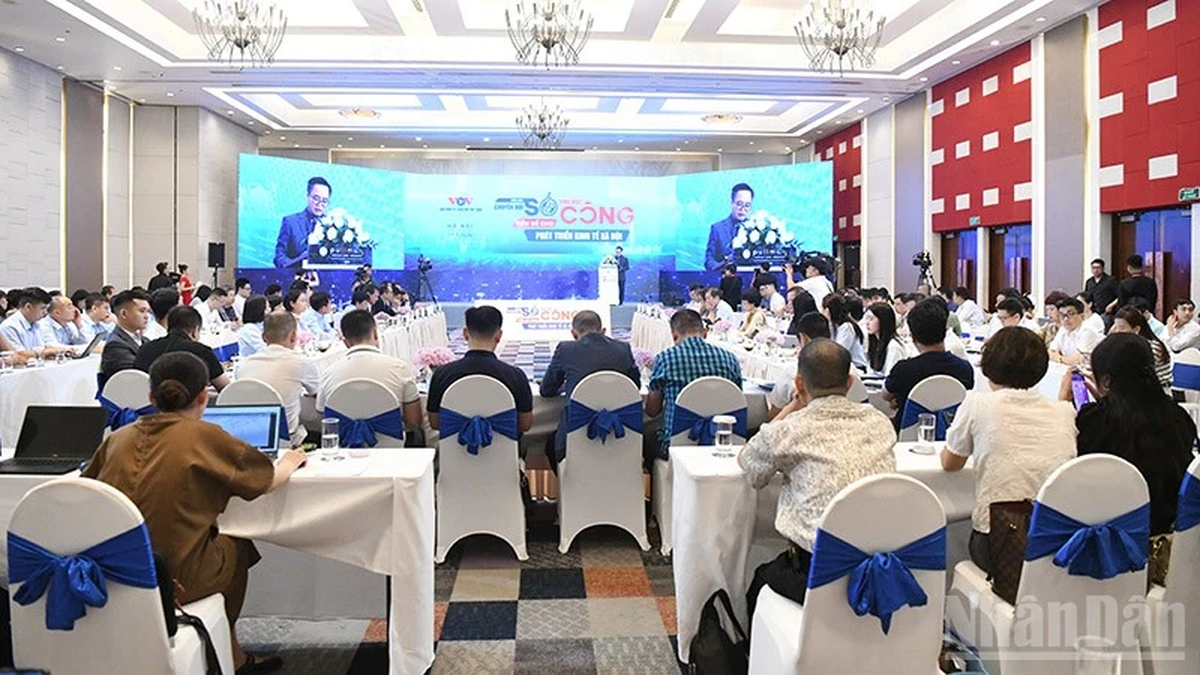























































































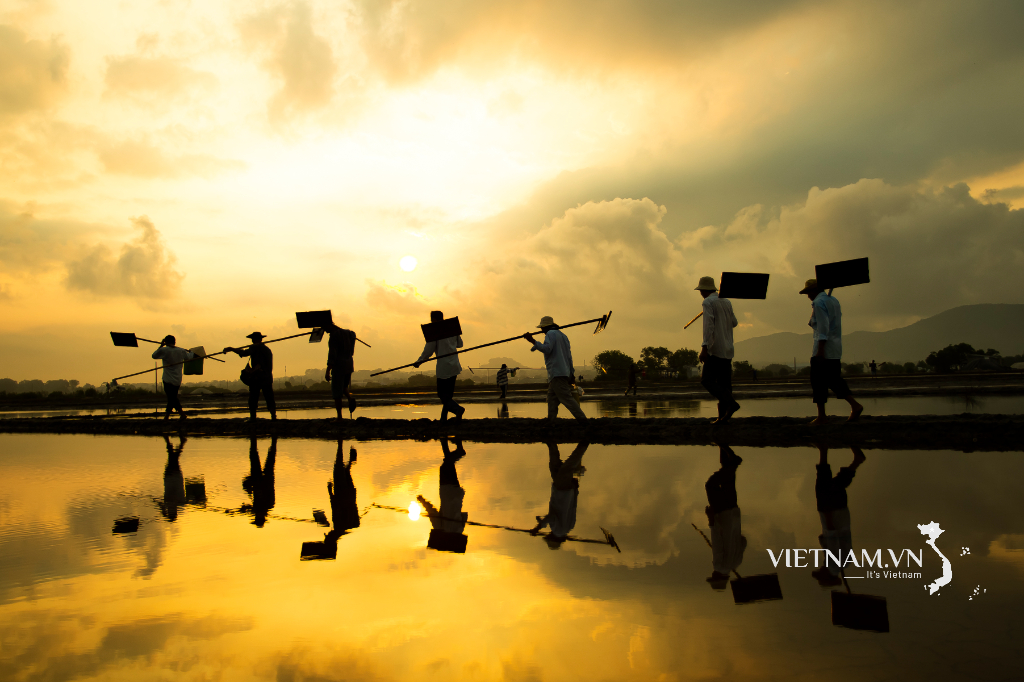
Comment (0)